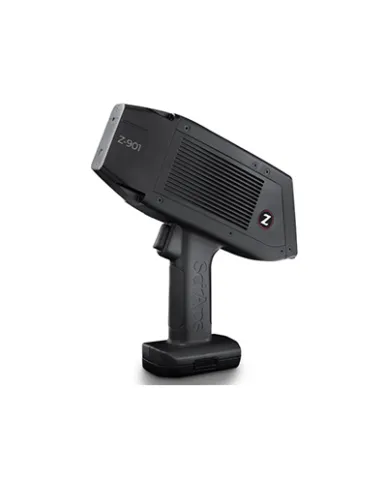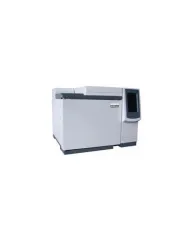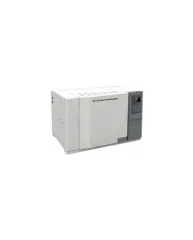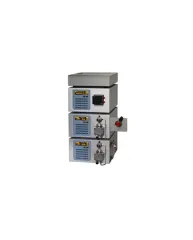
Portable LIBS Carbon and Silicone Analyzer - SciAps Z901 CSi
Category :
FTIR, NIR and Raman Spectrometer
FTIR, NIR and Raman Spectrometer
Price :
Rp.123
More From FTIR, NIR and Raman Spectrometer
Spectrophotometer - Drawell GC1290 Gas Chromatography
Gas Chromatography is a kind of instrument for qualitative and quantitative analysis of multicomponent complex mixture by using chromatographic separation technology and detection technology. Generally, it can be used to analyze the thermal stable organic compounds in soil, such as volatile organic compounds, organic chlorine, organic phosphorus, polycyclic aromatic hydrocarbons, phthalates, etc.
Rp.123
See DetailsSpectrophotometer - Drawell GC1120 Gas Chromatography
Gas Chromatography is a kind of instrument for qualitative and quantitative analysis of multicomponent complex mixture by using chromatographic separation technology and detection technology. Generally, it can be used to analyze the thermal stable organic compounds in soil, such as volatile organic compounds, organic chlorine, organic phosphorus, polycyclic aromatic hydrocarbons, phthalates, etc.
Rp.123
See DetailsSpectrophotometer - Drawell DW-LC1620A Liquid Chromatography
Liquid Chromatography uses the mixture in liquid-solid or immiscible between the two liquid distribution ratio differences, the mix of the first separation, then analysis and identification of the instrument.
Rp.123
See Details



